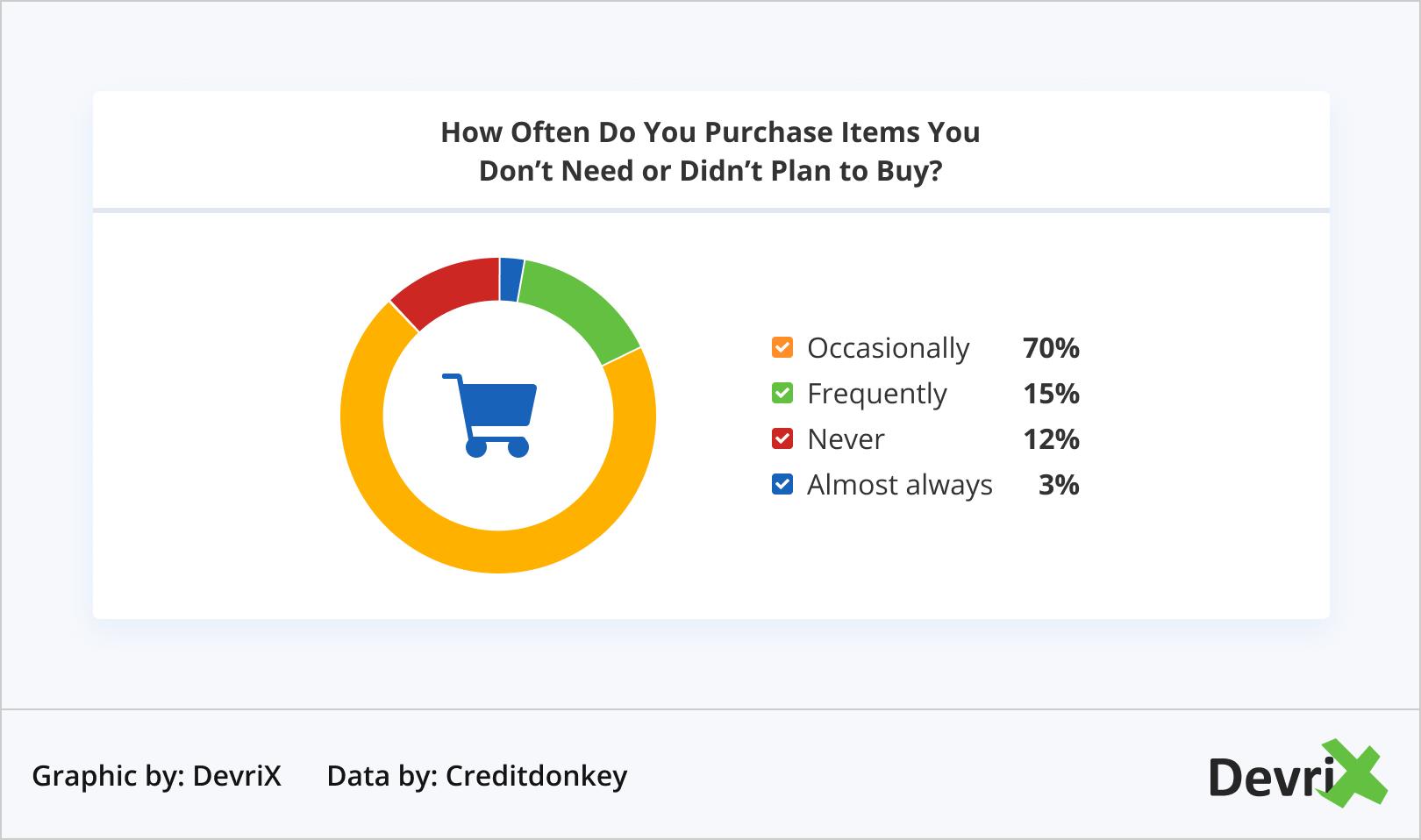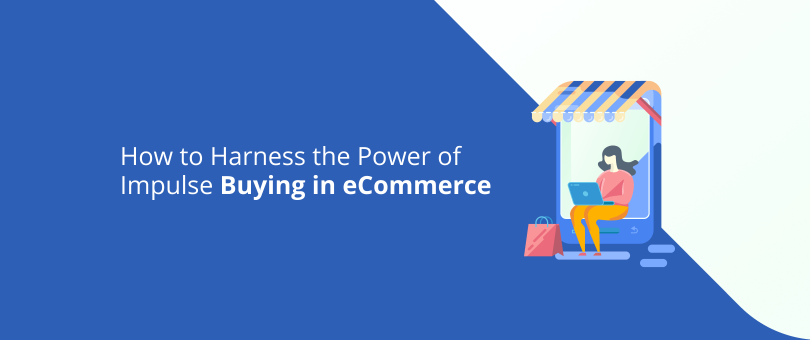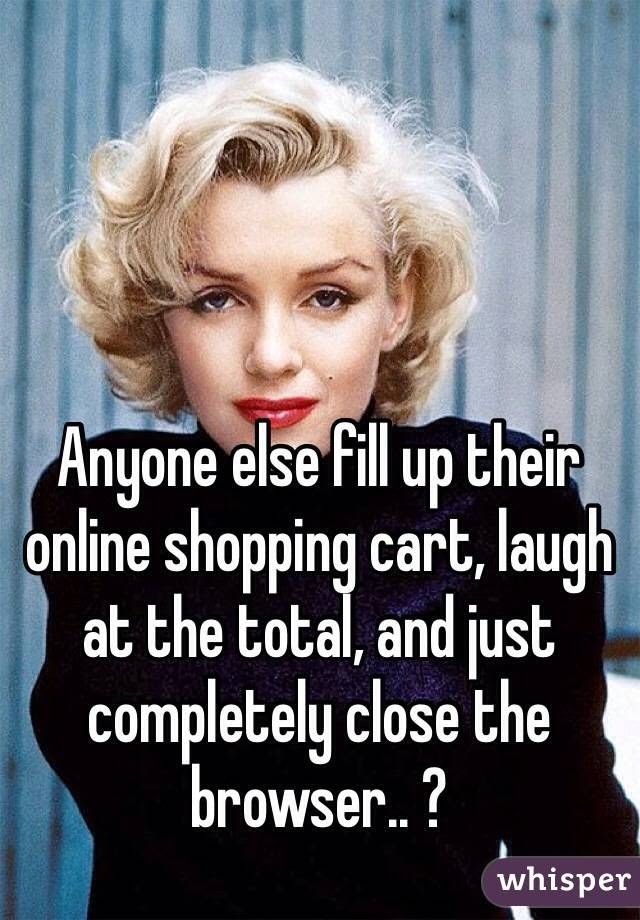The rise of eCommerce has undoubtedly revolutionized the shopping experience. It’s now easier than ever for people to browse the products they like and buy them without sacrificing the comfort of their couch. You can buy practically anything online and do it at any time of the day or night. This accessibility and constant availability prompts the instincts of dedicated shoppers and fuels the desire for impulse purchases.
Purchasing products that you haven’t planned to buy is called impulse buying. It’s a very common phenomenon and there’s a whole science behind arranging a shop to “trap” customers and encourage them to buy things they never meant to or grab small last-minute items.
Just think of IKEA. Let’s say you go there with the intention to buy tiny decorative sofa pillows for $10 each. It’s a safe bet that, while navigating the labyrinth to the exit, you’ll end up spending $150 on candles, towels, paper straws, cute little napkins, a must-have bamboo salad bowl, and whatnot.

So how do you apply this magic formula to an online store and harness the power of impulse buying? Below are some tips, tactics and strategies you can try in order to increase the impulse buy temptation on your website. Read on to find out!
1. Understand the Psychology Behind Impulse Buying
To successfully optimize your eCommerce shop to ignite impulse purchasing, you must first understand the psychology behind it.
There’s a reason why this is also a form of therapy for many people. Purchasing something we like releases dopamine in the brain and thus instantly makes us happy. It’s the equivalent of eating your favorite treat.
This goes for both the things that you really might need, and the ones that you just want, and crave, and long to have. These are products that you can maybe go without but you just know that having them would make you feel better. And it does.
But the thing about dopamine is that what actually triggers it is the anticipation of the treat. That’s what makes online shopping so much more dopamine-rewarding than buying things in a brick-and-mortar store. You complete your order and then you wait for it to arrive. And the wait is even more exciting than the purchasing process.
Combined with the thrill of acting on the rush of desire and the easiness of shopping while sitting comfortably on your couch with a smartphone, spontaneous buys can immediately boost a person’s mood. All the while boosting your sales.
2. Build a Cool Brand Image
Many people like to associate with trendy brands. This makes them feel socially adept and even helps them build their own image and reputation around the brand’s vibe.
Make your company’s style and ethics well known and stand behind them. Display them in your ads, state them in your messages, feature them on your website and include them in your product visuals. In order to ensure effective distribution across all channels, you need to establish strong brand guidelines and follow them.
This way you create an experience for your customers which can be all the difference between converting a customer and losing them forever.
3. Offer Quality Products
Knowing that what they’ll get for their money can make customers more inclined to buy without further consideration.
You can reduce their uncertainty by featuring quality certificates (if you have any), manufacturing standards, and sustainability information on product pages.
Another great way to demonstrate the high standards of your products and services is through customer reviews. You can include them on product pages and showcase them on a visible place on your website. Positive feedback from happy clients will make you more trustworthy and will clear potential customers’ doubts.
4. Imply Urgency
The fear of missing out can be a powerful engine of impulse buying. In online stores, it can be sparked by including a limited stock sign or display a banner with a limited-time offer.
Make the customer feel that they need to buy the product now, or they will regret it later.
Adding a discount countdown showing how much time is left before they miss their chance to get a better price can push people to take action. You can apply it to single products or to promotional campaigns. Place it in a clearly visible position and don’t forget to send email reminders to registered customers.
5. Make Discounts Hard to Resist
Talking about discounts, most people claim that a tempting price-drop is the easiest way to convince them to impulsively buy something or try a brand for the first time.
Big-savings discounts can urge customers to buy items they were planning to postpone. They can also convince them to try out products they were not intending to buy at all. You can encourage new customers to shop with your brand by offering tempting first-time buyer discounts and coupons.
6. Send Personalized Emails
Personalized emails based on a user’s previous purchases can bring them back to your shop sooner that they were planning.
Always include the customer’s name in the message. To make it even more personal, be sure to pick fitting product-suggestions and discounts based on their previous purchases. This shows you care for your customers and want them back.
It also sets a positive attitude towards your brand and makes the customer more inclined to open your website for a quick purchase.
7. Create Tempting CTAs
Make the customer feel that the product is just what they need right now. Describe its good qualities, suggest interesting ways to use it, maybe add a little sense of humor, a pinch of awesome visuals, and a powerful CTA.
However, restrain from using the words “buy”, “shop”, and “purchase” in your CTAs, focus on more positive phrases such as “try it out”, “browse”, and “explore”. They give a sense of adventure and help the customer associate your business with positive experiences.
8. Offer Freebies
Offering small gifts or free branded merchandise with certain items can tempt customers to buy. People just love free stuff.
For example, if you offer a gift to go with some of your less popular products, this will make them more desirable by customers and will increase sales. It can also tempt people to buy the item just because there is a free bonus added.
9. Show Smart Product Suggestions
Suggesting more shirts, when someone has already added a top to their shopping cart might not be the best strategy to encourage impulse buys.
Instead, offer a curation of products that can add more value to the purchase – a necklace, a matching skirt, shoes that go with the top, a scarf, and etc. Accessories and matching items can transform a single purchase into an outfit.
It’s more than likely that people will want to add something different and interesting to what they’re buying than buy more of the same thing.
To encourage shoppers to explore (and buy) more, you can feature “shop the style” suggestions on an item’s page and at checkout.
10. Suggest Products at Checkout
Another approach is to take a note out of the brick-and-mortar shop’s book and add low-cost item suggestions to your checkout page.
These should be small or novelty items that can be directly added to the cart. Purchasing such products shouldn’t need much consideration. Customers should impulsively decide to add them to the cart just because they are fun or interesting and don’t cost much.
11. Offer Free or Low-Cost Shipping
Free shipping is the driving force behind impulse purchasing. When a customer considers buying something to treat themselves, getting it without extra charges makes the experience guilt-free and ensures order fulfillment. And that can be what pushes them to take the last step towards the purchasing decision.
Contrary to this, a steep shipping fee can bring them to change their minds and drive them away. Nothing makes an excited buyer start reconsidering as much as the final page of the payment process when they see the total calculated.
If you can’t afford to offer free shipping on all items, consider setting up a reasonable free shipping threshold. This will encourage customers to add smaller items to their cart in order to reach the limit.
Buying low-cost products to avoid shipping charges feels almost like getting free stuff. Because you would have paid the money anyway. So always make sure to include variously priced items when you are building your catalog.
However, the threshold should not be too high, otherwise, it might seem a bit like extortion and customers might feel you are trying to pull a fast one on them.
Consider how much money customers usually spend on a purchase in your store, calculate the average price of your low-cost items, and add the two values. This is how much your average free shipping threshold should be. You can increase the value to a certain point but don’t overdo it, because it might make it feel redundant.
12. Optimize the Checkout Process
The Impulse shopping path should be quick and easy. A complicated purchasing process consisting of too many steps spread out over a number of pages can be frustrating and drive customers away.
Consider the following improvements to optimize your checkout:
- Fewer Checkout Steps. The more steps the checkout on your website includes the more chances customers have to change their minds. Keep it simple and, if possible, optimize it to fit on a single page. Every additional page a customer has to wait to load is a chance to change their minds or get distracted.
- Various Payment Methods. You want your customers to buy without feeling bothered, and without exiting their comfort zone. Offering various payment methods might cost you some resources but it provides convenience to your customers and allows them to shop the way they are used to. Make sure you partner with at least a few digital payment platforms such as PayPal, Apple Pay, Google Wallet, and etc. Also, depending on the market you are targeting you might even consider a cash-on-delivery option.
- No Strings Attached. Provide an option to shop without registration or make signing up as easy as possible through a “create an account” checkbox available at the end of the purchasing process. Not everyone wants to make an account at every single shop they visit.
Providing a guest checkout option will keep around the customers who want to make a quick purchase and save them the hassle of signing up. And if you manage to live up to their expectations of a pleasant shopping experience and quality products, they might come back for more and create an account of their own accord.
13. Send Abandoned Shopping Cart Emails
People get distracted when shopping online. Maybe they were browsing your website on their lunch break and had to go back to work before they managed to finish the checkout. Or maybe they got distracted and just forgot about it. Whatever the case, it’s your job to remind them about the awesome products they left in their cart.
The best way to do so is by sending a witty abandoned shopping cart email reminder. Choose your timing well and be quick not to miss the initial excitement that got your customers to add the product to their cart.
Try sending one email between 30 minutes and an hour after they left. This will do the trick if what stopped them from buying was a simple distraction. You can send a second one in about 22 hours later. This way, if they are following a daily routine, they might see your email at a more convenient time – at the beginning of their lunch break, for example. If you decide to be persistent, you can even send a third email in a day or two more, just in case.
It’s best to explore different strategies and CTAs in the three emails to make sure you are pushing the right buttons. For example, the first one can be a simple reminder, the second one can offer some more info about the products, and the third one can offer free shipping or a discount as a last resort.
Abandoned cart emails, of course, can not be applied to non-registered customers, but are still a great option to explore when you already have the customer’s contact information.
14. Give Social Commerce a Try
Social commerce is the paradise of impulse buyers. It relies on the desire of people to be cool and socially adept, while seeking inspiration in others.
If you are not familiar with the concept, social commerce is the process of making in-app purchases on social media platforms.
As a brand, you can set up a shop and build a catalog of buyable products to feature in posts. Some platforms provide a native checkout option, and on others the customer is redirected to your eCommerce store where they can finish the purchase.
Social media platforms are a great place to make your products discoverable and inspire your customers to want them. However, it’s worth mentioning that this type of commerce is more suitable for lower-cost items, as people are rarely willing to spend large sums on impulse purchases.
A lot of brands rely heavily on influencers to make their products and style popular. But the opportunities to explore via social commerce are practically endless. You can even utilize user-generated content to make campaigns and increase sales.
In a nutshell, social commerce can harness the true power of impulse buying. It gives your customers an opportunity to shop your awesome products while hanging out on their favorite social media platform. They see something they like, they click “buy”, and they continue browsing. It’s as simple as that. And it’s a win-win situation for both you and your customers, so make sure to read more into it:
- Read more: How to Grow Revenue with Social Commerce
Recap
Impulse buying is something we all give into from time to time, and some of us more than the others. And it’s not necessarily a bad thing to treat yourself on occasion.
Providing your customers with a hassle-free shopping experience and irresistible deals, can be a good strategy when helping them satisfy their shopping needs, while growing revenue in the process.
Don’t forget, however, that offering great, high-quality products and having a good reputation are the best assets you can have. If customers love your brand, they will impulse buy in a heart-beat, confident that they will not regret it later.
Is your online store impulse-buy-friendly?


